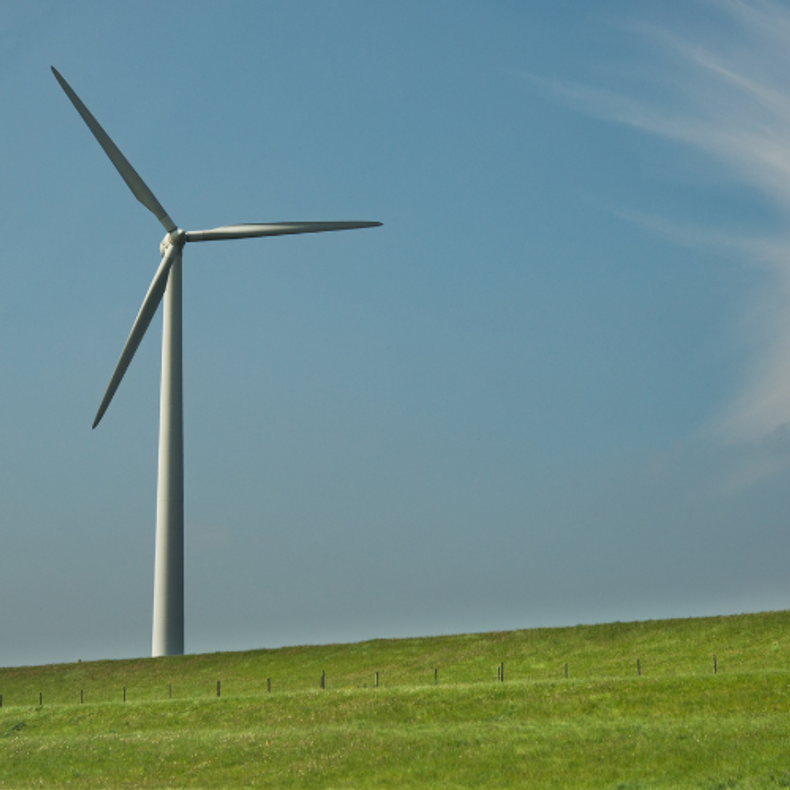The role of circular economy in energy, resources, and growth

Written by Ahmed Abdalla from Treetrench
A circular economy presents a great opportunity to tackle unresolved challenges our current economy is facing, unlocking environmental, societal, and economic benefits that remain untapped in a linear economic model.
It goes beyond merely eliminating waste or shifting mindsets—it redefines how we design, produce, and consume.
In this blog, I will provide a snapshot of the main opportunities a circular economy presents, with the hope that it will spark your interest in exploring this topic further and discovering how you or your business could contribute to its adoption.
Benefits of a circular economy
In a circular economy, all stakeholders are involved, from policymakers to end users.
Each party plays a role in ensuring that energy, materials, and resources are used efficiently with minimal environmental impact.
While this may sound challenging to implement, the UK Government has already begun developing a strategy as of November 2024 to pave the way for its realisation.
An expert advisory panel known as the Circular Economy Taskforce has been established to facilitate the transition to a circular economy, supporting economic growth, net-zero transition, and a more efficient resource management. Source: UK Government.
Before delving into the challenges that a circular economy address, it is important to note that the primary opportunity a circular economy brings is the ability to eliminate bottlenecks many industries and sectors are facing. Below are the key challenges that can be addressed through the implementation of the circular economy principles:
Energy security
The UK has a set of policy frameworks like the Energy-Related Products Policy Framework encouraging investments in highly energy efficient equipment as set through the High Energy Performance Standards (HEPS) while also phasing out inefficient technologies as set out through the Minimum Energy Performance Standard (MEPS) across all sectors, particularly in energy generation and usage.
Those policies help to decarbonise the economy and ensure energy security.
Additionally, those policies take into account the resource efficiency of equipment or products and there is an ever increasing emphasis on circularity since the time they were first introduced in 2021 through the updated Eco design Regulations recognising the benefits they offer on the wider economy.
A relevant industry example is wind turbines
The first generation of wind turbines is now reaching the end of its lifecycle, prompting research by Catapult to explore circular opportunities.
Studies have concluded that decommissioning the turbines is the least profitable solution. Instead, partial or full repowering of sites is the most cost-effective approach.
By optimising resource efficiency, higher-capacity wind farms can be developed at minimal cost, directly lowering electricity prices and indirectly encouraging investments in other technologies, such as those required for hydrogen production. Source: UK Government
Resource efficiency
Turning waste into resources benefits both the environment and the economy. According to a UK Government study, improving resource efficiency could result in significant savings. (Source: UK Government). These savings include:
Disposal cost reductions: Managing municipal waste costs approximately £580 million in London alone.
Waste crime prevention: Waste-related crimes cost the UK economy approximately £600 million annually.
Supply chain efficiency improvements: For example, expired milk alone accounts for £150 million in waste.
Improving resource efficiency does not solely rely on increased funding or policy incentives for infrastructure development of equally importance is the consumer participation.
Policies like Simpler Recycling (Source: UK Government) aim to simplify recycling processes, thereby increasing recycling rates by broadening the scope of recyclable items.
Furthermore, resource efficiency extends beyond recycling. Encouraging reuse and repair has significant societal benefits, such as reducing poverty by redistributing unwanted but functional items, including furniture and food.
Economic growth and employment
Recycling plays a critical role in accelerating the net-zero transition by reducing reliance on raw materials while simultaneously creating employment opportunities and stimulating economic growth.
For instance, cement production is highly carbon-intensive and difficult to decarbonize.
Thus further investment to encourage the use of recycled aggregate concrete indirectly lower emissions from primary materials including cement, will reduce building costs and create more jobs thus boosting the economy.
If similar circular practices are implemented across various industrial facilities, greenhouse gas emissions from the third-largest emitting sector could be significantly reduced and more jobs will be created.
As the UK transitions toward a circular economy, businesses will have increased opportunities to contribute to building the necessary infrastructure and supply chains, ultimately boosting the economy and creating jobs.
Conclusion
A circular economy holds immense potential for mitigating climate change, alleviating resource scarcity, and addressing social challenges such as poverty.
By reimagining waste as a valuable resource, we can develop a system that regenerates natural resources, reduces carbon footprints, and minimizes environmental harm.
This transition will require collaboration across all sectors, businesses, governments, and consumers alike.
At Treetrench we are committed to invest profits into the development of services to accelerate the adoption of a circular economy for not only the environmental benefits but also societal benefits! Visit our website to learn more about us!
